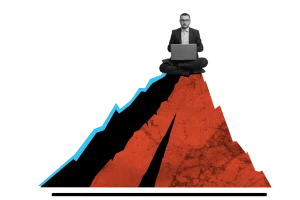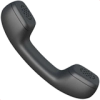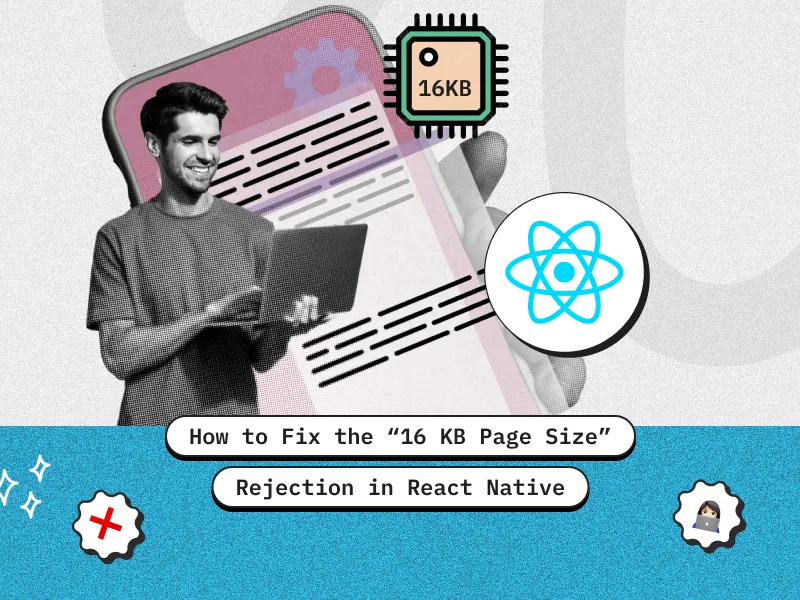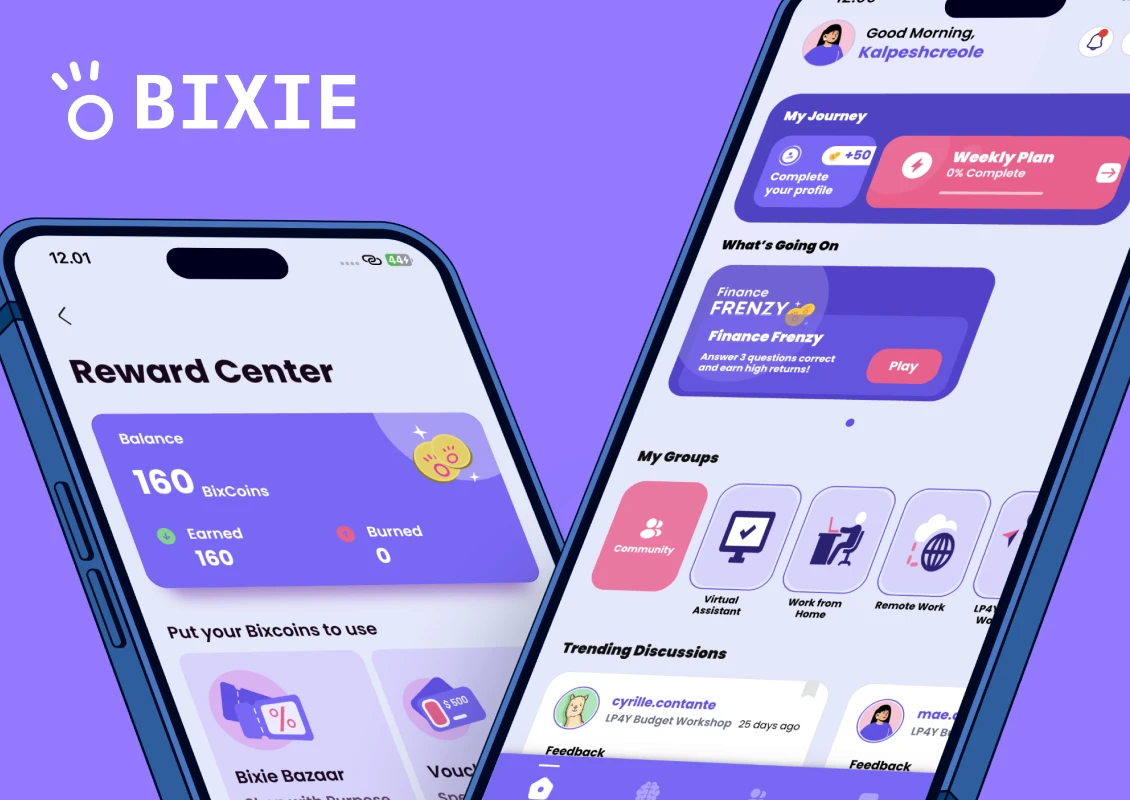TL;DR
- IoT apps are booming: Driven by 5G, AI integration, edge computing, and satellite connectivity, the IoT market reached $947.5B in 2024.
- Cost depends on complexity: Simple apps start under $50K, mid-level solutions $50K–$200K, advanced solutions $200K–$500K, and enterprise ecosystems $500K+.
- Key cost factors: Functionality, platform choice, developer location, device type, data processing, security, and UX expectations.
- Components of IoT apps: Devices, connectivity, gateways, cloud/API, analytics, internal system integration, and end-user applications.
- Cost-saving strategies: Start with an MVP, leverage cross-platform frameworks, integrate existing IoT platforms, outsource wisely, and use pre-built components.
Introduction
The Internet of Things (IoT) is revolutionizing industries worldwide — powering smart homes, industrial automation, remote healthcare monitoring, agriculture management, and more. With this rapid adoption, businesses are increasingly turning to Mobile App Development Services to connect physical devices with intuitive, real-time digital interfaces.
But as interest grows, one critical question comes up repeatedly: “How much does it cost to develop an IoT app in 2025?”
In this comprehensive guide, we break down IoT app development costs, explain the key factors that influence pricing, and share budget-planning strategies for startups, enterprises, and tech innovators. Whether you’re building a basic IoT tracking app or a full-scale enterprise platform, this guide will help you understand the true cost, technology stack, and development roadmap required to bring your connected solution to life.
Why IoT Apps Are in Demand
IoT apps are transforming industries by boosting efficiency, reducing costs, and delivering actionable insights. The global IoT market is projected to reach $153.2 billion by 2029.
Key trends driving growth:
- 5G Expansion: 2.6B connections in 2025, enabling fast, low-latency device communication.
- AI + IoT (AIoT): Devices analyze data and act autonomously; AIoT market growing at 31.7% CAGR.
- Satellite IoT: Expands coverage to remote areas; projected 23.8% CAGR growth.
- Edge Computing: Processes data near devices, improving real-time decision-making in industries like healthcare and automation.
These trends show why IoT apps are essential for modern businesses and critical for competitive advantage.
Want to know AI-powered app development costs?
Here are complete cost breakdowns of some popular AI and smart technology applications:
Calculate Your IoT App Development Cost Instantly
Estimate your IoT app cost instantly with our interactive calculator. Plan your budget effectively and make smarter development decisions.

Key Features of an IoT App
The features of an IoT app can vary depending on the industry, use case, and target audience. However, most high-quality IoT applications share these essential functionalities:
- Device Monitoring & Control: Remotely manage IoT devices, with unidirectional (one-way) or bidirectional (two-way) communication. This ensures seamless device operation, control, and automation from any location.
- Real-Time Dashboards & Data Visualization: Access live analytics and performance metrics through intuitive dashboards. Visualize trends, usage patterns, and key data points to make informed decisions instantly.
- Analytics & Reporting: From basic monitoring to advanced predictive insights, IoT apps provide analytics and reports that help businesses optimize operations, predict maintenance, and improve efficiency.
- Notifications & Alerts: Receive instant updates on device status, system anomalies, or critical events, enabling proactive decision-making and timely action.
- Internal System Integration: Connect your IoT app with ERP, CRM, or other custom business software to streamline workflows, synchronize data, and ensure cohesive operations across platforms.
- Security & Compliance: Ensure robust protection with data encryption, secure communication protocols, and compliance with regulations like GDPR and HIPAA—critical for safeguarding sensitive information.
- User Experience & Customization: Provide a smooth, user-friendly experience with easy navigation, interactive dashboards, and role-based access. Tailor interfaces to specific user needs for higher engagement and efficiency.
Understanding the Difference: IoT Ecosystem, Solution, Platform, and Application
Before developing an IoT app, it’s essential to understand key terms that are often used interchangeably but have distinct meanings:
- IoT Ecosystem: This is the complete network of interconnected devices, platforms, applications, and data. IoT ecosystems are large-scale, complex implementations.
- IoT Solution: A targeted IoT implementation designed to solve a specific business problem. Most companies focus on developing IoT solutions rather than entire ecosystems.
- IoT Platform: The underlying infrastructure that connects, manages, and processes data from IoT devices. Popular platforms include AWS IoT, Microsoft Azure IoT, and Google Cloud IoT. These platforms provide APIs and tools for developers to build IoT solutions.
- IoT Application: The user-facing interface that allows interaction with IoT devices and data. This can be a mobile app, web app, or desktop software that visualizes data, manages devices, and provides alerts.
Most businesses don’t need a full IoT platform or ecosystem; they primarily need an IoT solution with a robust application for end-users.
Factors Affecting the Cost of IoT App Development
The cost of developing an IoT app depends on direct and indirect factors. Understanding these helps estimate your budget accurately.
Direct Factors
- Required Functionality – More features, such as predictive analytics or multi-device management, increase costs.
- Targeted Platforms – Native iOS and Android apps require separate development, while cross-platform frameworks reduce costs.
- Developer Location – Hourly rates vary globally:
- North America: $71–$95/hr
- Eastern Europe: $27–$51/hr
- India: $6–$12/hr
- North America: $71–$95/hr
- Type of Devices – Standard off-the-shelf devices are cheaper to integrate than custom-built hardware.
- Data Volume & Processing Needs – Real-time data and analytics increase costs compared to simple monitoring.
- Security & Compliance – Apps handling sensitive data need encryption and compliance with GDPR or HIPAA.
- User Experience (UX) – Custom dashboards, interactivity, and role-based access raise development costs.
Indirect Factors
- Infrastructure & Cloud Services – Costs for IoT platforms, cloud storage, and networking hardware.
- Integration with Internal Systems – Connecting your app to ERP, CRM, or other enterprise software via APIs.
- Maintenance & Updates – Ongoing bug fixes, security patches, and software updates.
Key Takeaway: Direct features and hidden infrastructure or integration costs together determine the final IoT app development budget.
IoT Solution Components
Developing an IoT app involves several key components that work together to deliver a seamless experience:
- Devices / Sensors – Collect data or perform specific actions, such as monitoring temperature, motion, or energy usage.
- Connectivity – Enables communication between devices and apps using protocols like Wi-Fi, LTE, Bluetooth, or LoRa.
- Gateway / Cloud Connector – Aggregates, preprocesses, and securely transmits data from devices to the cloud.
- Cloud & API – Stores, manages, and processes IoT data; APIs enable communication between devices, apps, and other systems.
- Analytics – Provides real-time insights, predictive analysis, and machine learning capabilities to make data actionable.
- Integration with Internal Systems – Connects your IoT app with ERP, CRM, or other enterprise systems for streamlined operations.
- End-User Application – The user-facing interface with dashboards, alerts, notifications, and device management controls.
Each component is crucial for delivering a robust, secure, and user-friendly IoT solution that meets business goals.
IoT App Development Cost Tiers (2025)
IoT app development costs vary based on complexity, features, and infrastructure needs. Here’s a clear breakdown of cost tiers in 2025:
| Tier | Budget | Example Use Cases | Estimated Timeline |
| Tier 1 | <$50K | Environmental monitoring, wearable health apps | 1–2 months |
| Tier 2 | $50K–$200K | Smart home energy management, warehouse monitoring | 3–4 months |
| Tier 3 | $200K–$500K | Fleet tracking, agriculture monitoring, industrial monitoring | 5–6 months |
| Tier 4 | $500K+ | Smart cities, connected healthcare, smart grids | 6+ months |
The cost of your IoT app depends on its scale, complexity, and the level of analytics and integration required. Simple monitoring apps can be built under $50K, while enterprise ecosystems for smart cities or healthcare require $500K+.
Ready to Build Your IoT App?
Kickstart your IoT app today. Launch faster, reduce costs, and turn your idea into a scalable, high-performing solution.

Tech Stack for IoT App Development
A strong tech stack ensures your IoT app is scalable, secure, and delivers a seamless user experience. Key components include:
- Frontend (UI/UX): React Native & Flutter, Angular & Vue.js
- Backend & Cloud: AWS IoT, Azure IoT, Google Cloud IoT, Node.js & Python
- Database & Analytics: PostgreSQL, MongoDB, InfluxDB, Apache Kafka
- Connectivity Protocols: MQTT, HTTP/HTTPS, LoRa, BLE
- Security: OAuth 2.0, SSL/TLS, Encryption
- DevOps: Docker, Kubernetes, CI/CD pipelines
A focused tech stack ensures reliable, secure, and future-ready IoT apps with smooth device connectivity and real-time analytics.
How to Reduce IoT App Development Cost
Building an IoT app efficiently can save 30–50% of your budget. Follow these 5 proven strategies:
- Start with an MVP: Launch a Minimum Viable Product with only 20–30% of full features, then scale based on user feedback.
- Use Cross-Platform Frameworks: Develop once for iOS and Android, reducing development time by 40–50% compared to native apps.
- Leverage Existing IoT Platforms: Integrate with AWS IoT, Azure IoT, or Google Cloud IoT, avoiding $50K–$200K costs of building infrastructure from scratch.
- Outsource Strategically: Hiring developers from regions like India ($6–$12/hr) or Eastern Europe ($27–$51/hr) can cut development expenses by 30–60%.
- Use Pre-Built or Open-Source Components: Reuse libraries, APIs, and IoT modules, saving 20–40% of time and cost on custom coding.
Combining these strategies can turn a $50K–$500K project into a more cost-efficient solution without compromising quality.
In-House vs Outsourcing: Which Is More Cost-Effective?
When developing an IoT app, choosing between in-house teams and outsourcing can significantly impact your budget and timeline. Here’s a detailed comparison:
| Option | Pros | Cons |
| In-House | Full control over development, real-time collaboration, faster feedback cycles | High salaries ($70K–$120K/year per developer in the US), hiring challenges, long onboarding time |
| Outsourcing | Cost-effective (developers in India: $6–$12/hr, Eastern Europe: $27–$51/hr), access to global talent, flexible scaling | Less direct control, possible time-zone differences, communication challenges |
Cost Insight:
- In-house IoT app development can increase total costs by 40–60% due to salaries, benefits, and infrastructure.
- Outsourcing can reduce costs by 30–50%, especially for MVPs and early-stage projects.
Recommendation:
- Startups: Outsourcing is ideal for reducing costs and accessing experienced IoT developers quickly.
- Enterprises: Hybrid approaches—mixing in-house and outsourced teams—ensure control while optimizing budgets.
Combining a small in-house product team with outsourced development can save $50K–$150K on average for mid-tier IoT applications.
Real-World Examples & Estimated Costs
Understanding real-world IoT projects can help you plan your budget effectively. Here are typical examples with estimated costs:
- Environmental Monitoring App (Tier 1)
- Budget: Under $50,000
- Features: Basic dashboards, simple data visualization, unidirectional device monitoring
- Example Use Case: Office or home temperature, humidity, and flood monitoring
- Budget: Under $50,000
- Industrial Equipment Monitoring (Tier 2)
- Budget: $100,000–$150,000
- Features: Advanced dashboards, bidirectional connectivity, analytics, ERP integration
- Example Use Case: Factory machinery performance tracking and preventive maintenance
- Budget: $100,000–$150,000
- Agriculture IoT Solution (Tier 3)
- Budget: $250,000–$400,000
- Features: Predictive analytics, multiple device integration, gateway setup, real-time alerts
- Example Use Case: Soil moisture and temperature monitoring, irrigation automation
- Budget: $250,000–$400,000
- Smart City Ecosystem (Tier 4)
- Budget: Starting from $500,000+
- Features: Enterprise-grade IoT infrastructure, custom devices, multi-network integration, ML-powered analytics
- Example Use Case: Smart grids, connected healthcare, city-wide traffic and energy management
- Budget: Starting from $500,000+
Costs rise with app complexity, device integration, real-time analytics, and scalability requirements. For startups, starting with Tier 1 or 2 solutions is often the most cost-effective approach.
Why Choose Creole Studios for IoT App Development
Choosing the right partner is critical for a successful IoT project. Creole Studios offers end-to-end expertise, proven results, and cost-effective solutions:
- 10+ Years of IoT Experience: Over a decade of delivering cutting-edge IoT and software solutions for startups and enterprises.
- Comprehensive End-to-End Expertise: Full IoT development capabilities, including devices, connectivity, cloud infrastructure, analytics, and end-user applications.
- Proven Track Record: Successfully delivered 250+ IoT solutions across 27 countries, covering multiple industries.
- High Client Satisfaction: Maintains a 98% positive client feedback rate, reflecting quality, reliability, and timely delivery.
- Agile & Scalable Solutions: Focused on MVP launches, cost optimization, and scalable architecture for future growth.
With Creole Studios, businesses can accelerate IoT app development, reduce costs, and ensure reliable, scalable solutions tailored to their needs.
Conclusion
IoT apps are transforming industries across the globe, but development costs can vary significantly based on the required features, platforms, device compatibility, analytics depth, and third-party integrations. By understanding different cost tiers, essential components, and pricing factors, businesses can budget wisely and accelerate their go-to-market strategy.
Whether you’re a startup planning a smart home app or an enterprise building a full-scale smart city ecosystem, choosing the right Mobile App Development Services is just as crucial as the technology itself. Partnering with experienced teams like Creole Studios ensures you get a cost-effective, scalable, and high-performance IoT solution without the guesswork.
Frequently Asked Questions (FAQs)
1. How much does it cost to develop an IoT app in 2025?
IoT app development costs range from $30K to $500K+, depending on features, device connectivity, data processing, and security requirements.
2. What factors impact IoT app development cost the most?
Key cost drivers include features, platforms, hardware integration, cloud setup, analytics, security compliance, and developer region.
3. How long does it take to build an IoT app?
A basic MVP takes 3–4 months, while a full IoT solution with analytics and integrations can take 6–12 months.
4. Can I reduce costs using AWS IoT or Azure IoT?
Yes! Using existing IoT platforms cuts cloud setup time and infrastructure costs, making development faster and cheaper.
5. Is outsourcing better than in-house IoT development?
Outsourcing is more affordable and offers access to global experts, while in-house teams provide more control but higher costs.IoT app development cost











 30 mins free Consulting
30 mins free Consulting 
 12 min read
12 min read 


 Singapore
Singapore 
 USA
USA 
 Finland
Finland 





 Love we get from the world
Love we get from the world 